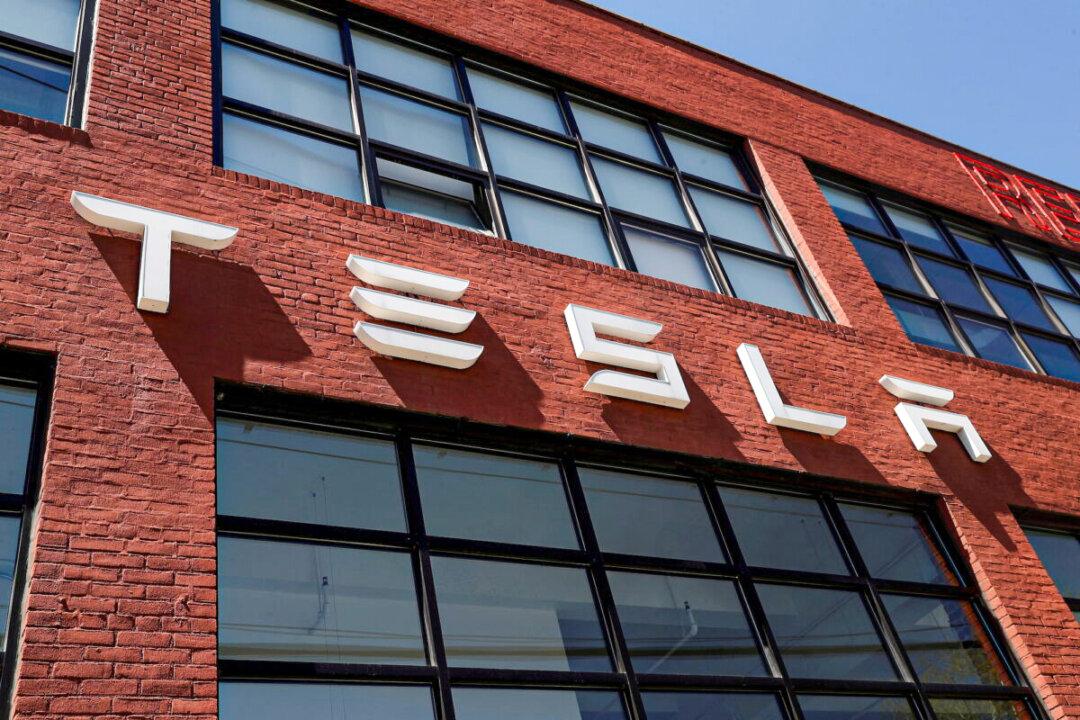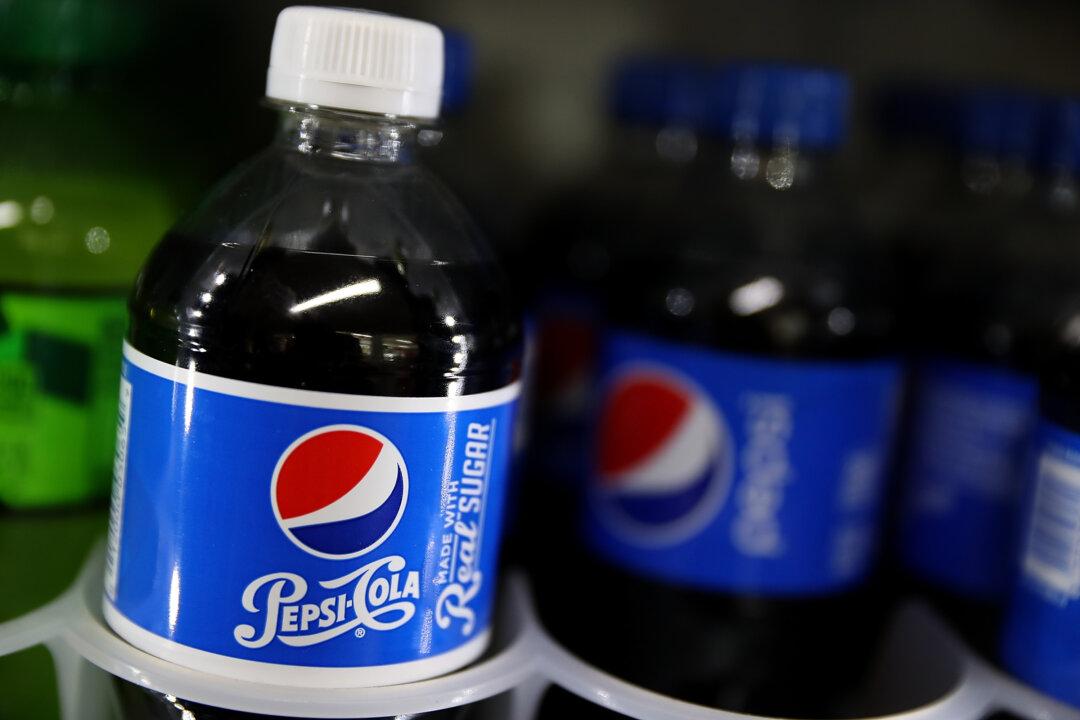The Insurance Institute for Highway Safety (IIHS) said on Thursday it is rolling out a new rating program this year that is aimed at measuring partial automation systems deployed by automakers such as Tesla Inc. and General Motors Co. to help keep drivers focused on the road.
What Happened
The new program will rate the partial automation measures as good, acceptable, marginal, or poor, depending upon how effective they are in grabbing the driver’s attention.Automakers will have to put in place enough measures that ensure the drivers’ eyes are directed at the road and their hands are either on the wheel or ready to grab it at all times to secure a good rating; backup measures to alert the driver or escalate an emergency are also required.





